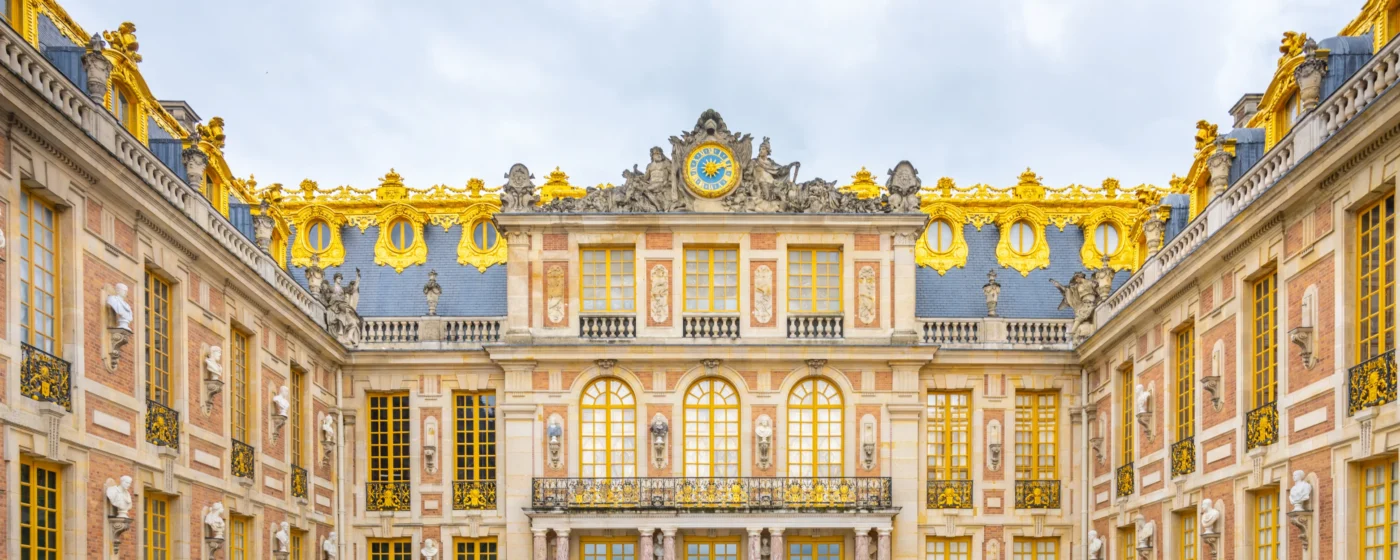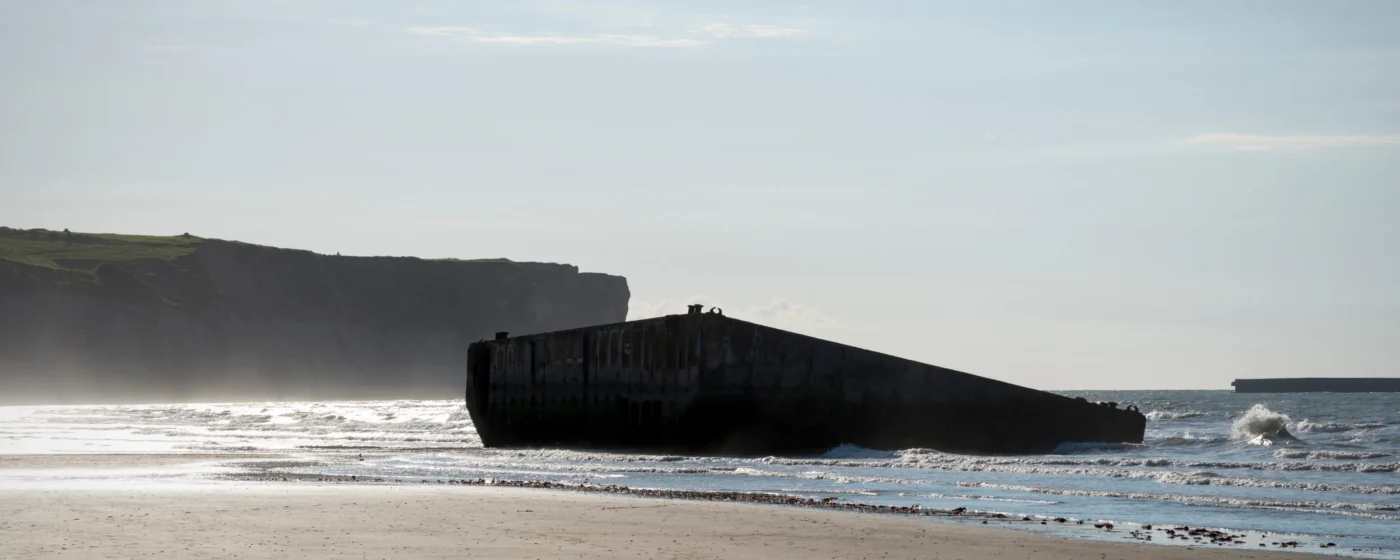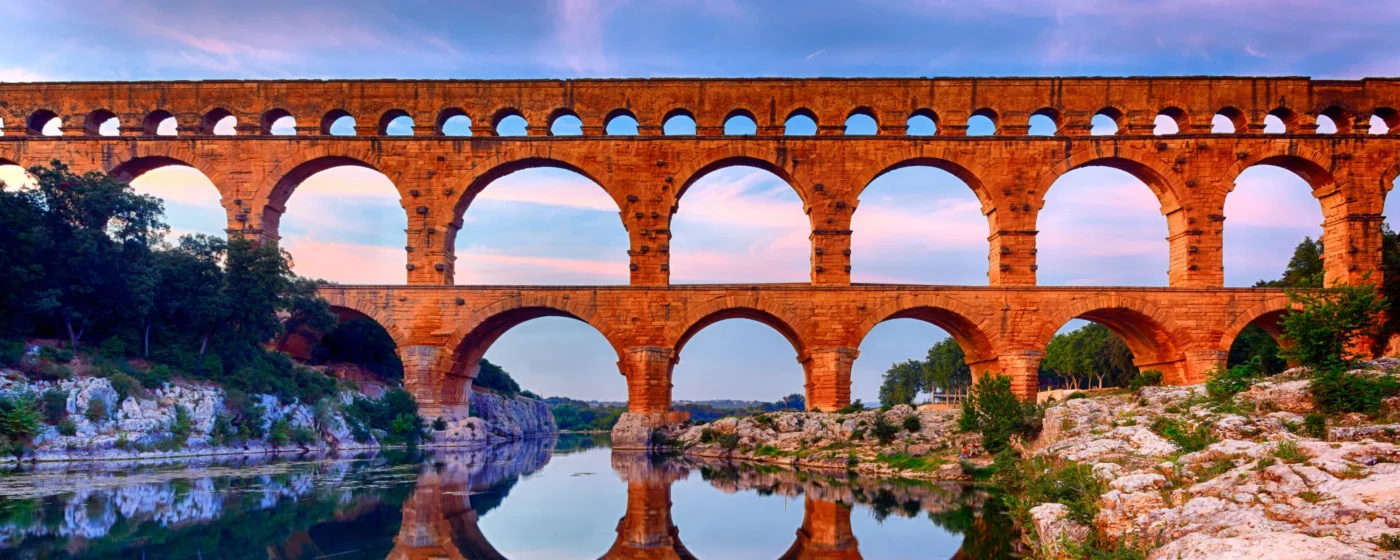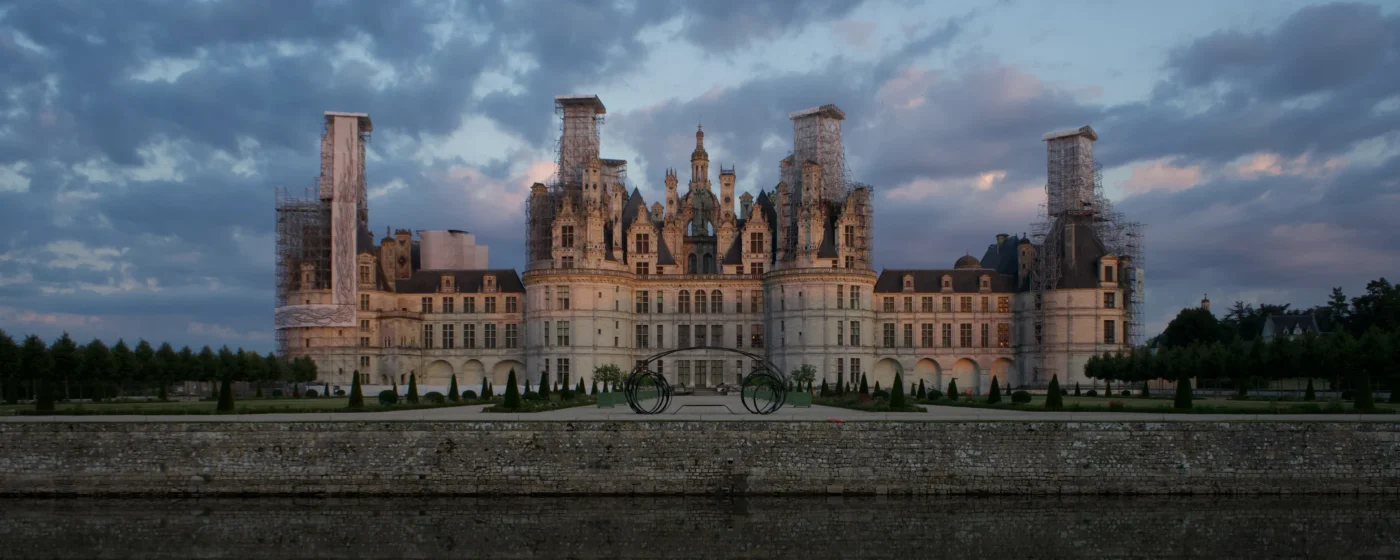France, a country steeped in history, is home to a multitude of iconic landmarks that span millennia. From prehistoric caves to grand palaces, medieval castles, and Roman monuments, France offers a diverse range of historic sites. Whether you’re a history buff or a casual traveler, visiting these sites can provide you with a deeper understanding of the country’s rich past and cultural heritage.
In this article, we’ll explore a variety of France’s historic gems, from its royal palaces to its medieval fortresses and Roman marvels. Along the way, we’ll share some fascinating “Did You Know?” facts that will surprise even the most seasoned traveler.
Palace of Versailles: The Seat of French Royalty
The Palace of Versailles is one of the most famous symbols of French monarchy and a true testament to the opulence of the French royal family. Located just outside Paris, this massive palace was originally built as a hunting lodge for King Louis XIII, but it was under the reign of his son, Louis XIV, that it became a seat of power and a symbol of royal extravagance.
The palace’s Hall of Mirrors is perhaps the most iconic feature, where crystal chandeliers hang from a gold-encrusted ceiling, and mirrors reflect the grandeur of the room. The Treaty of Versailles, which ended World War I, was signed here, further solidifying its historical importance.
The expansive gardens, with fountains and meticulously designed flowerbeds, add to the allure of Versailles. Visitors can also explore the Petit Trianon, a small palace within the grounds that once served as the private residence of Queen Marie Antoinette.
Did You Know?
Versailles was used by Louis XIV to centralize his power and control the nobility. By requiring the nobles to live there part of the year, he could keep them under surveillance and ensure their loyalty.
France offers iconic landmarks and vibrant heritage. Explore cultural attractions in France to plan your unforgettable journey through history and art.

Normandy’s D-Day Landing Beaches
The D-Day landing beaches in Normandy are a poignant reminder of one of the most significant events of World War II. On June 6, 1944, Allied forces launched a massive operation to liberate Nazi-occupied France, with thousands of troops landing on the beaches of Normandy.
Key sites include Omaha Beach, Utah Beach, and the American Cemetery, where rows of white crosses mark the final resting places of soldiers who died during the landings. Walking along these beaches is a humbling experience, as you can almost feel the weight of the history that unfolded here.
The Normandy Memorial Museum provides an in-depth look at the planning and execution of the landings, as well as the courage and sacrifice of the soldiers involved.
Did You Know?
The D-Day landings involved more than 156,000 Allied troops from the United States, the United Kingdom, Canada, and other countries, making it the largest amphibious military operation in history.

Carcassonne: A Medieval Fortress Frozen in Time
Stepping into Carcassonne is like stepping back in time. This UNESCO World Heritage site is one of the best-preserved medieval cities in Europe, with towering walls, a fortress, and cobblestone streets. Carcassonne’s strategic importance during the Middle Ages made it a focal point of power struggles, especially during the Cathar Crusades.
The Cité de Carcassonne is a double-walled fortress that includes 52 towers, offering breathtaking views of the surrounding landscape. The Château Comtal, an imposing castle within the walls, is a reminder of the city’s past as a stronghold of the French crown.
Exploring Carcassonne, you’ll discover its rich history, from the Romans who originally fortified the site to the medieval lords who controlled the fortress. It remains one of France’s most captivating historic sites.
Did You Know?
The walls of Carcassonne were so well-built that they withstood a siege for five years during the Albigensian Crusade in the early 13th century.

Planning a Trip? Speak Like a Local!
Master French with La Forêt to make your visit unforgettable. Let’s start!
Pont du Gard: A Roman Marvel
The Pont du Gard is a Roman aqueduct bridge that stands as a testament to the engineering prowess of the ancient Romans. Built in the first century AD, this three-tiered aqueduct was part of a system that transported water from a spring near Uzès to the Roman city of Nîmes. Standing 49 metres (160 feet) tall, it is one of the best-preserved Roman monuments in the world.
The structure’s grandeur and size are awe-inspiring, and its location over the Gardon River provides stunning views. Visitors can walk across the Pont du Gard and explore the surrounding area, which includes hiking trails and picnic spots.
Did You Know?
The bridge was used as a pedestrian bridge, with lords and bishops charging tolls for its use.
If you’re fascinated by eerie legends, explore the 14 most haunted places in France that will send shivers down your spine.

Château de Chambord: The Renaissance Masterpiece
Château de Chambord is a stunning Renaissance castle located in the Loire Valley. It was commissioned by King Francis I in the 16th century, and its architecture blends medieval and classical elements in a way that is both striking and elegant. One of its most famous features is the double-helix staircase, which is said to have been inspired by Leonardo da Vinci.
Chambord is the largest château in the Loire Valley, with over 400 rooms and 80 staircases. The sprawling grounds and forests that surround the château make it a perfect place for a day of exploration.
The château’s intricate façade and grand interior reflect the power and wealth of the French monarchy, and it remains one of the most visited historic sites in France.
Did You Know?
The double-helix staircase at Château de Chambord is believed to have been designed by Leonardo da Vinci, who spent the last years of his life in France under the patronage of King Francis I.

The Walls of Aigues-Mortes: Echoes of Crusader History
The fortified town of Aigues-Mortes, located in the Camargue region, is famous for its well-preserved medieval walls and towers. It was from here that King Louis IX (Saint Louis) launched the Seventh and Eighth Crusades in the 13th century, making Aigues-Mortes an important site in the history of the Crusades.
Walking the ramparts of Aigues-Mortes offers stunning views of the surrounding salt marshes, and the town itself feels like a portal to the past. The well-preserved medieval architecture provides a sense of the town’s historical significance.
Did You Know?
The walls were built using local stones and the craftsmanship of artisans known as “tacherons”.

Les Eyzies and the Prehistoric Caves of Lascaux
Located in the Dordogne region, Les Eyzies is often referred to as the “capital of prehistory.” It is home to a remarkable concentration of prehistoric caves, including the world-famous Lascaux Caves. These caves feature over 600 paintings, some of which are more than 17,000 years old, making them some of the most significant examples of prehistoric art in the world.
The Lascaux Caves depict scenes of animals like horses, bison, and deer, showcasing the artistic abilities of our early human ancestors. While the original caves are closed to the public to preserve the artwork, visitors can explore Lascaux IV, a replica that offers an immersive experience of these prehistoric masterpieces.
Did You Know?
The Lascaux Cave paintings were discovered in 1940 by four teenagers who stumbled upon the entrance while searching for their dog!

Conclusion
France’s historic sites offer a unique window into the past, allowing visitors to explore everything from ancient Roman aqueducts to medieval fortresses and royal palaces. These landmarks not only tell the story of France’s history but also offer a deeper understanding of the broader history of Europe and the world.
From the grandeur of Versailles to the haunting beaches of Normandy, each site provides an unforgettable experience. By visiting these historic places, travelers can truly step into France’s rich past and gain a greater appreciation for the country’s cultural heritage.
So, whether you’re planning to visit famous landmarks or seeking out lesser-known gems, be sure to include these historic sites on your next journey through France.
The French Revolution marked a significant turning point in history, reshaping societal structures and ideals. Explore its impact on French Revolution: A Turning Point in History.
Frequently Asked Questions
1. What is the most popular site in France?
Ans: The most popular site in France is the Eiffel Tower in Paris, drawing millions of visitors each year. However, the Palace of Versailles and Mont Saint-Michel are also extremely popular among tourists.
2. How many UNESCO heritage sites are in France?
Ans: France boasts 49 UNESCO World Heritage sites, ranging from prehistoric cave paintings and Roman monuments to medieval cities and modern architectural wonders.
3. What city in France has the most history?
Ans: Paris is often considered the city with the most history in France, thanks to its many historic landmarks, including Notre-Dame Cathedral, the Louvre, and the Palace of Versailles. However, cities like Carcassonne and Avignon are also rich in history.





